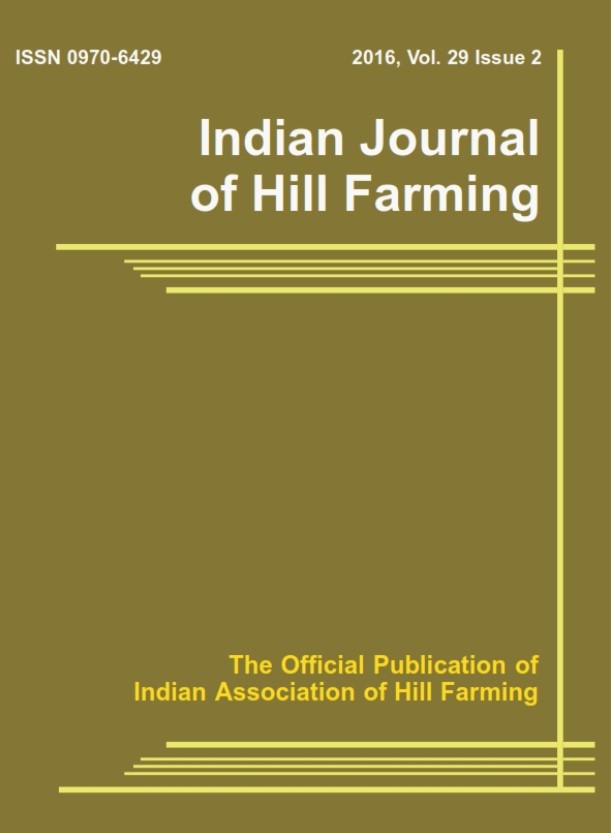Traditional Homegardens in Rural Landscapes of Northeast India – A Model for Conserving Plant Species for Sustainability
DOI:
https://doi.org/10.56678/Keywords:
Department of Botany, Rajiv Gandhi University, Rono Hills, Doimukh-791112, Arunachal PradeshAbstract
Call for natural resources management, biodiversity and environmental conservation
related subjects are gaining momentum. Conservation scientists, researchers, Non-
Governmental Organizations (NGOs) and policy makers are trying to address these issues
from local to global levels in all possible ways. In contrast to the present global scenario,
the rural folks in the remote tribal inhabited northeast India are, however, silently
conserving natural resources and are achieving sustainable agriculture with their rich
Indigenous Knowledge Systems (IKS). The study was carried out considering the role of
plant species in traditional homegardens for sustainability in Itanagar, Arunachal Pradesh
and North Lakhimpur, Assam, two neighbouring Indian states located in the Eastern
Himalayas. We recorded 79 plant species belonging to 46 botanical families presenting a
multi-tier canopy configuration with intimate mixture that provides a wide ranges of
services such as folk medicine, construction material, timber, valuable food sources, cashincome,
etc. Rice and arecanut were identified as important cultural as well as cash-crops
in North Lakhimpur while the farmers’ in Itanagar prefers more timber species. The
analysis of existing management regime, however, indicates that the local practitioners
lack modern scientific knowledge and still follow traditional management systems. The
study also reveals that traditional homegardens can be a valuable tool for in situ
conservation of plant species and maintaining ecosystem functioning.
Downloads
Published
Issue
Section
License

This work is licensed under a Creative Commons Attribution-NonCommercial-NoDerivatives 4.0 International License.




